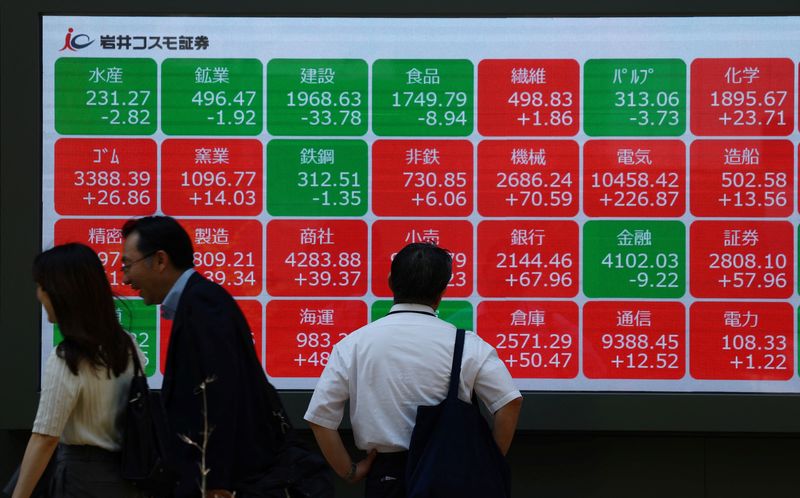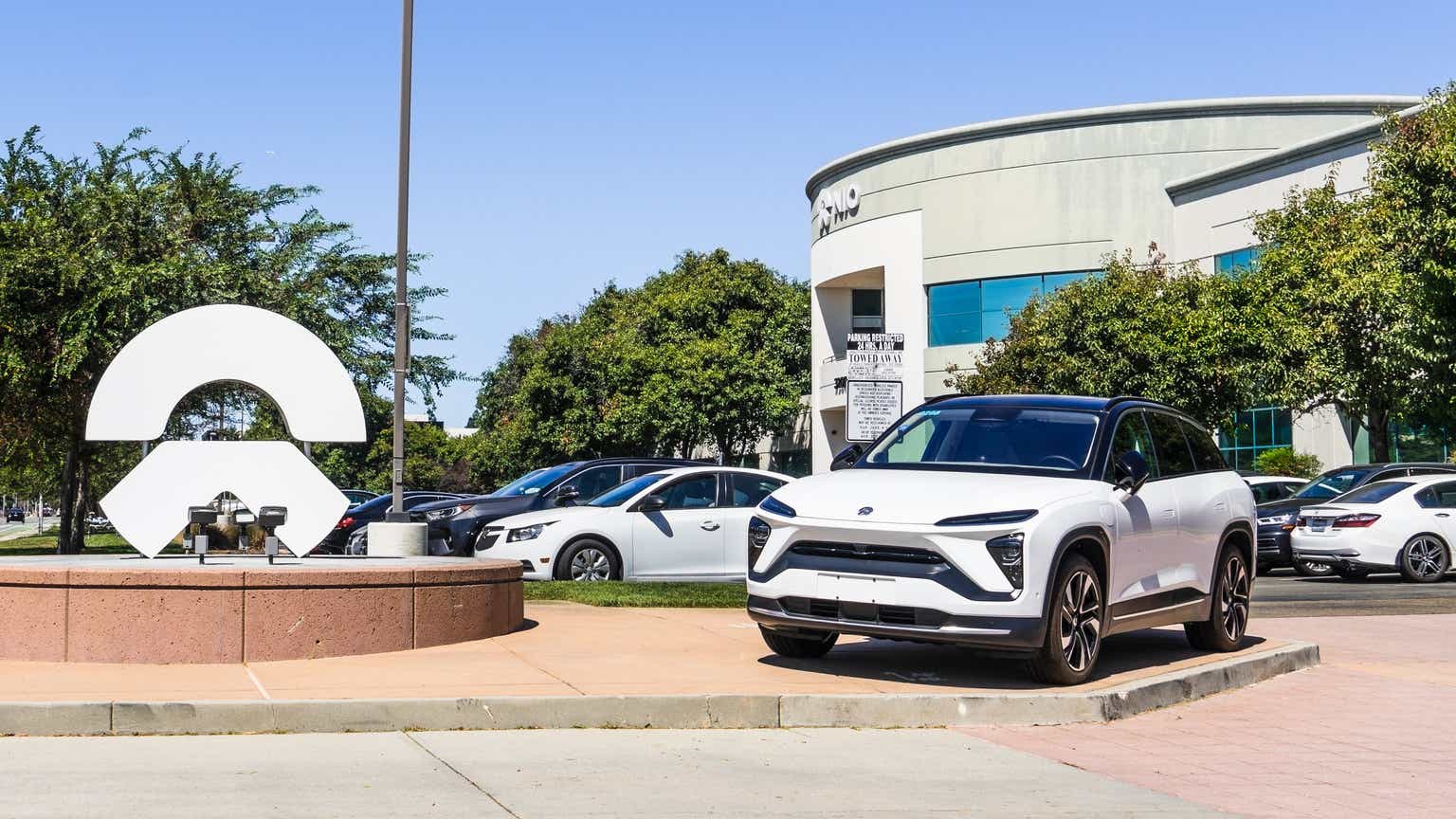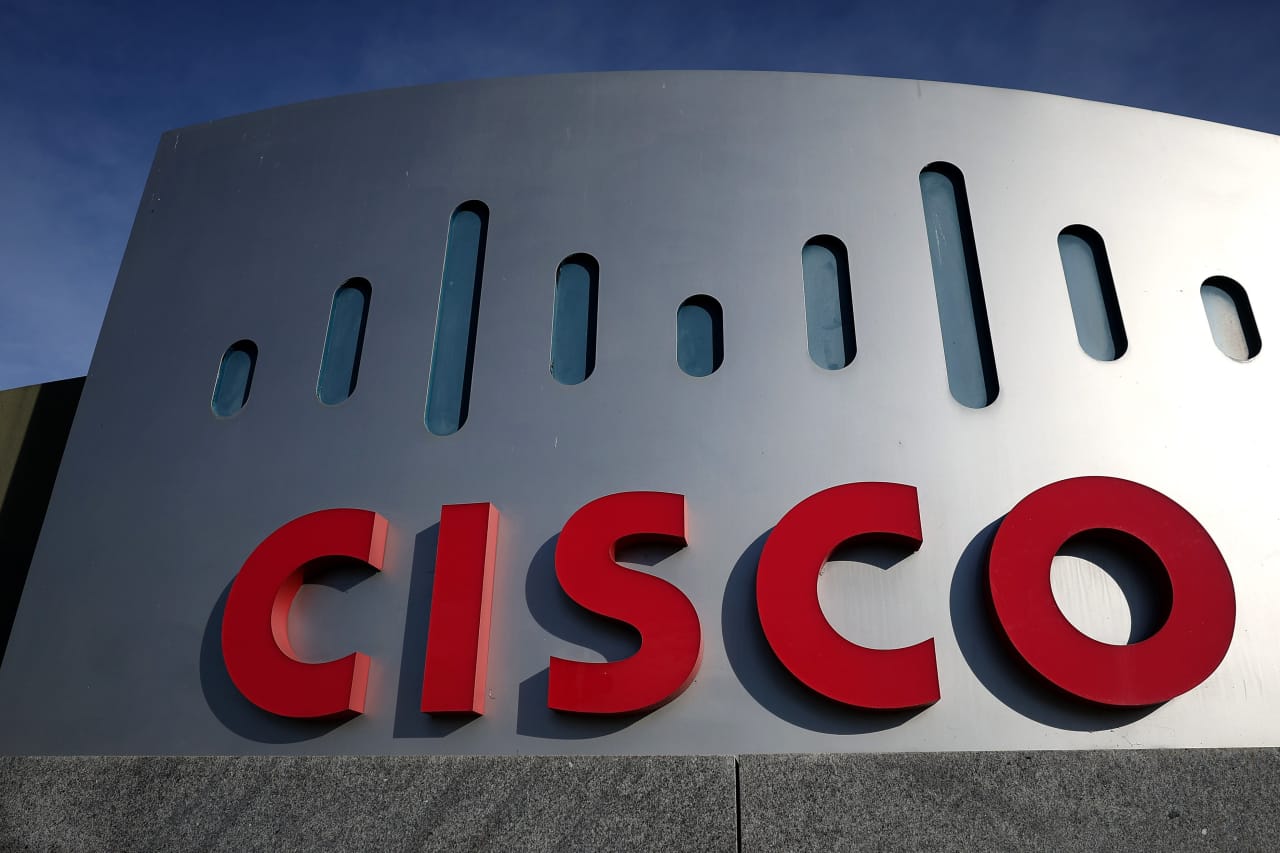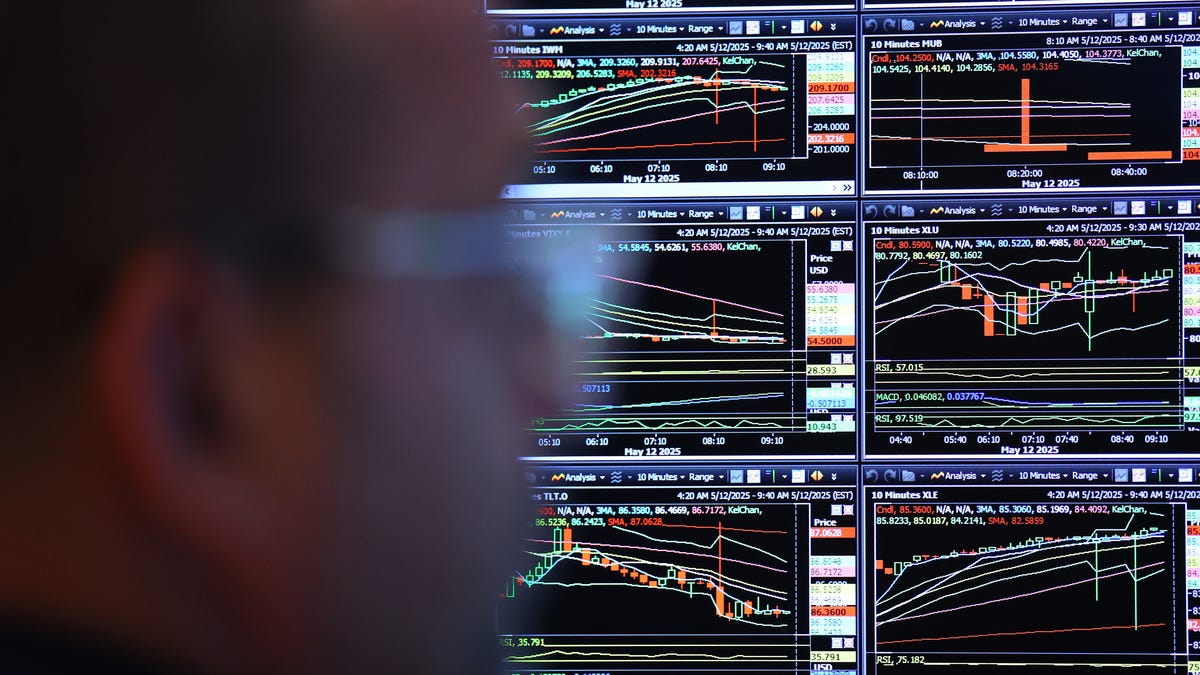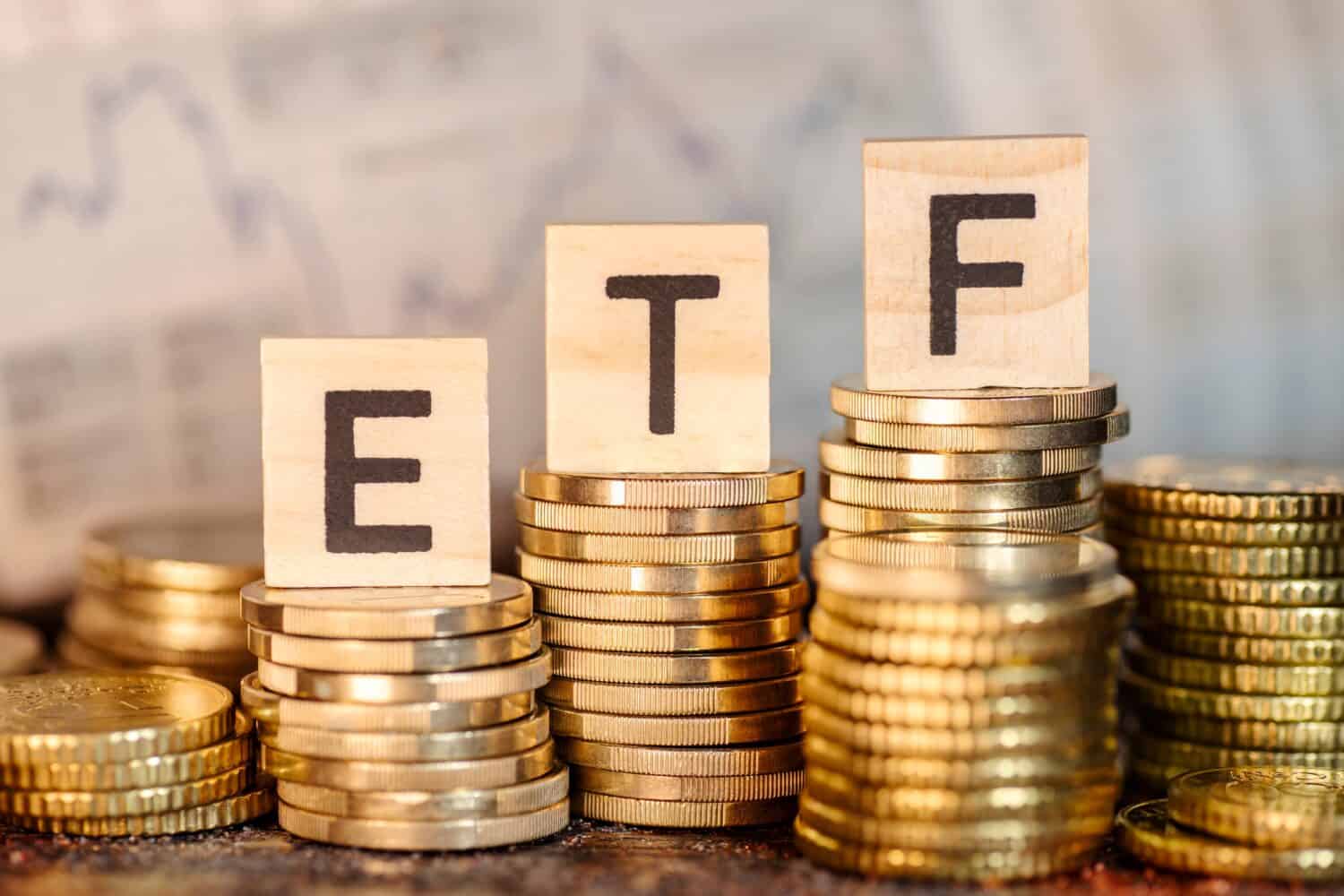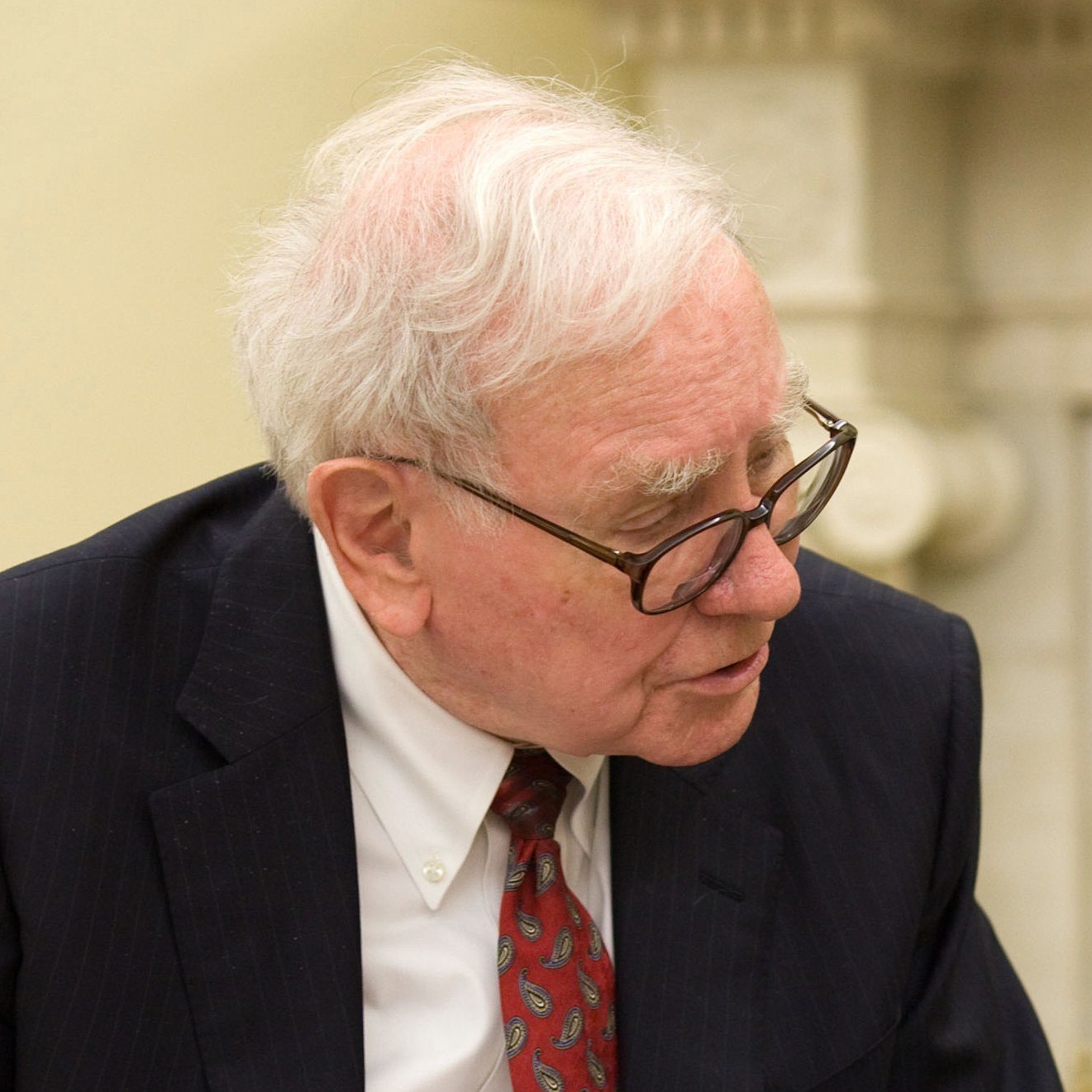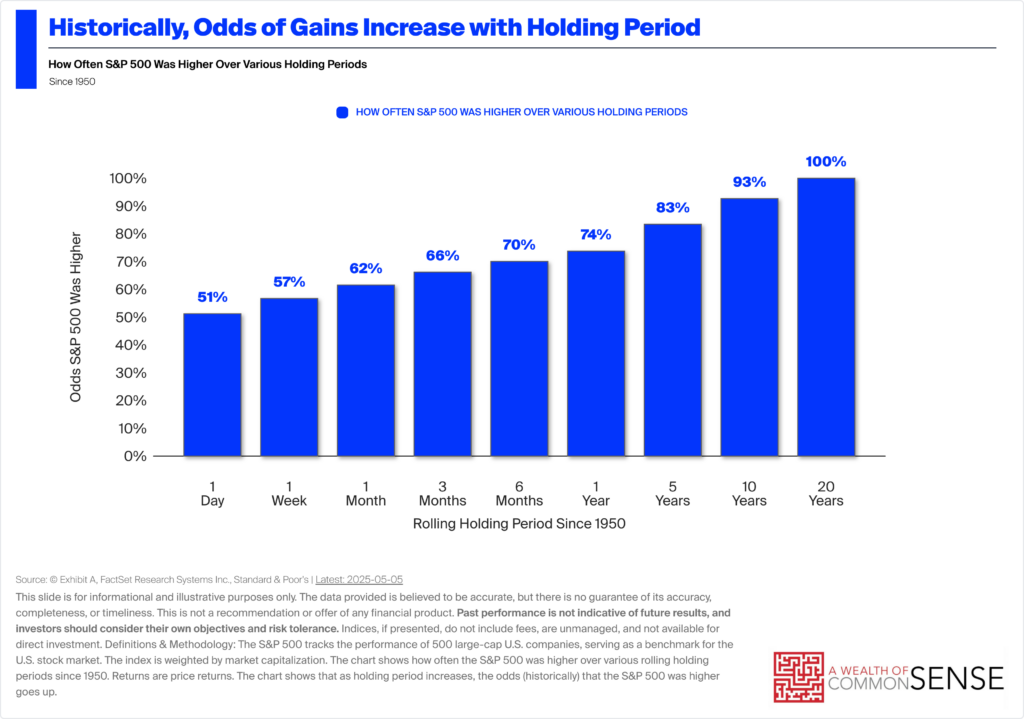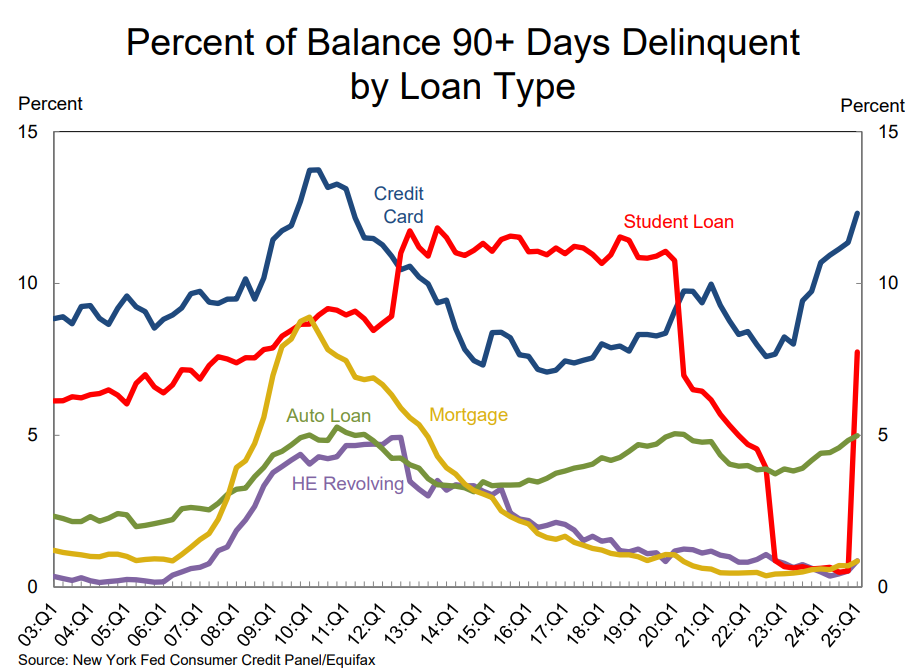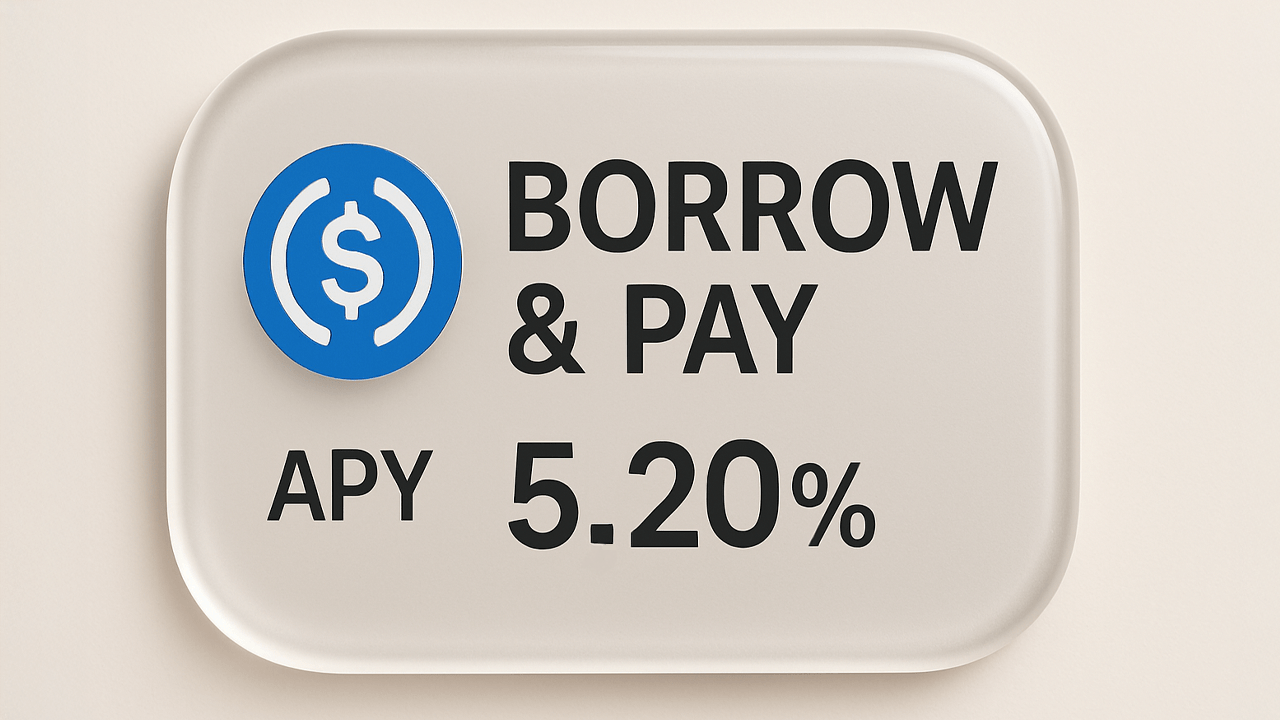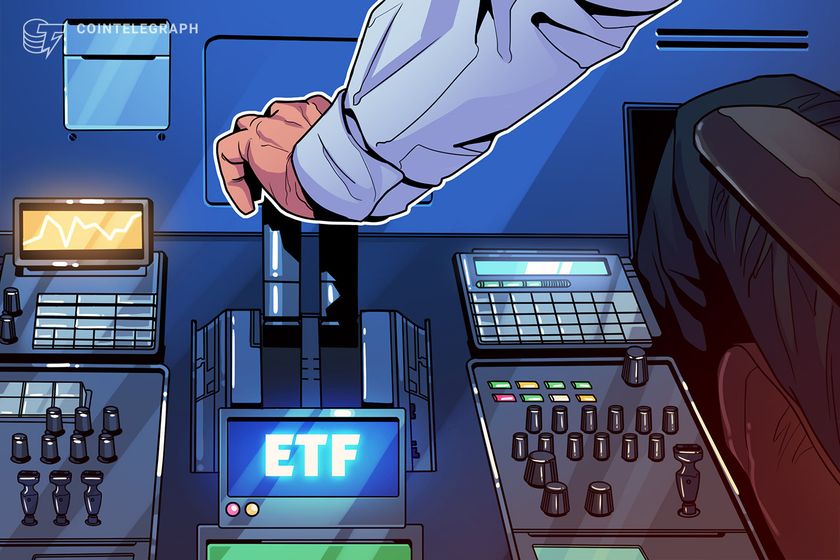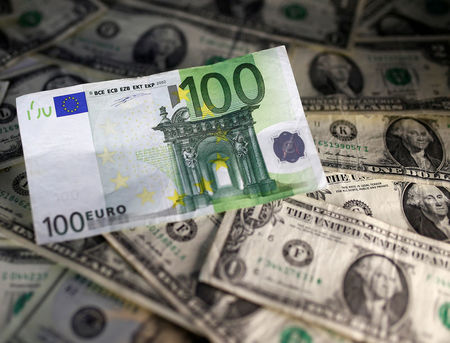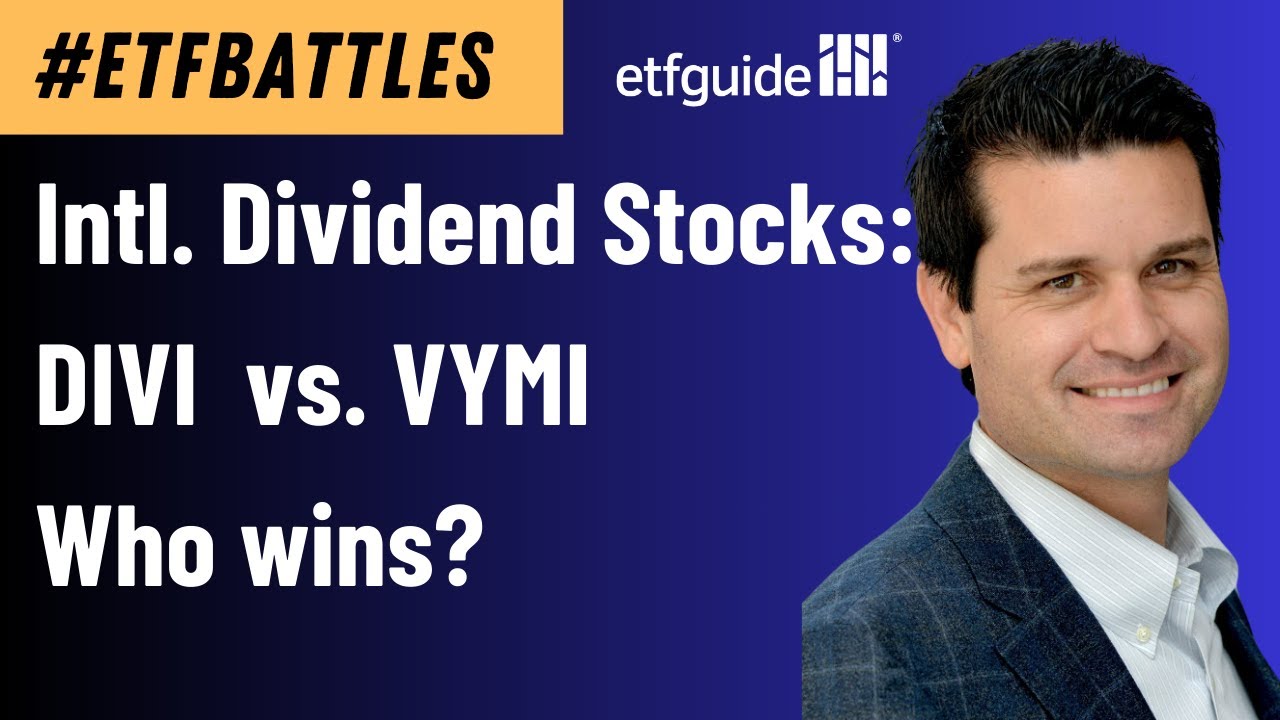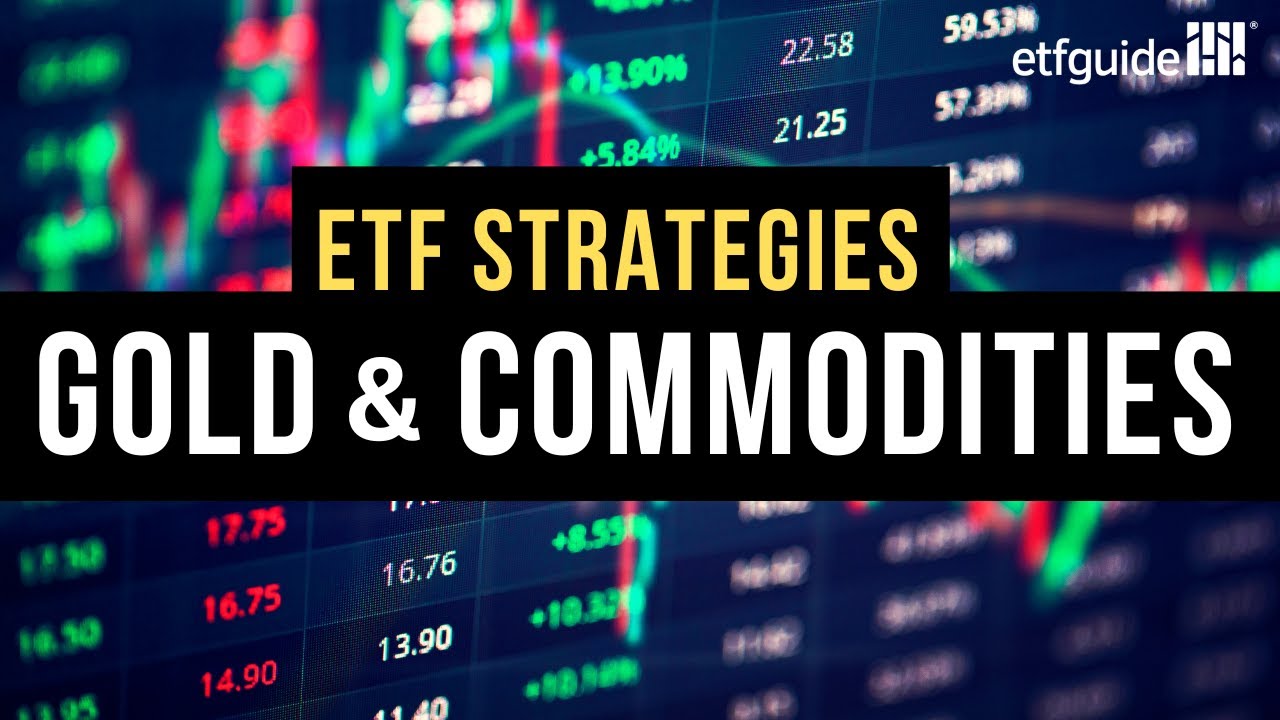Here’s Why Every Investor Should Consider Vanguard’s VIG ETF
In an era of market volatility and economic uncertainty, the Vanguard Dividend Appreciation ETF (NYSEARCA:VIG) stands out as a compelling investment vehicle for investors seeking stability, growth, and income. Launched in 2006, VIG tracks the S&P U.S. Dividend Growers Index, which includes U.S. large-cap companies with at least 10 years of consecutive dividend increases. With […] The post Here’s Why Every Investor Should Consider Vanguard’s VIG ETF appeared first on 24/7 Wall St..

In an era of market volatility and economic uncertainty, the Vanguard Dividend Appreciation ETF (NYSEARCA:VIG) stands out as a compelling investment vehicle for investors seeking stability, growth, and income.
Launched in 2006, VIG tracks the S&P U.S. Dividend Growers Index, which includes U.S. large-cap companies with at least 10 years of consecutive dividend increases. With an expense ratio of just 0.05%, $102.4 billion in assets under management, and a diversified portfolio of 338 stocks, the exchange-traded fund (ETF) offers a low-cost, resilient, and growth-oriented option.
24/7 Wall St. Insights:
-
The Vanguard Dividend Appreciation ETF (VIG) is a must-own ETF because of its quality-focus on growth and income.
-
No one stock can be account for more than 4% of the portfolio, minimizing concentration risk, while its mix of tech tocks, with financials, consumer staples, and healthcare stocks, provides the right mix of growth and stability.
-
Sit back and let dividends do the heavy lifting for a simple, steady path to serious wealth creation over time. Grab a free copy of “2 Legendary High-Yield Dividend Stocks“ now.
Stability Through Quality Companies
VIG’s primary strength lies in its focus on high-quality, stable companies like Apple (NASDAQ:AAPL) and Microsoft (NASDAQ:MSFT), its two largest holdings, each of which accounts for less than 4% of the portfolio..
These firms, characterized by strong balance sheets and consistent profitability, are selected for their decade-long track record of dividend growth, excluding the top 25% of high-yield stocks to avoid yield traps. This quality screen ensures VIG holds companies less likely to cut dividends during downturns, providing a buffer against market volatility. According to Morningstar, VIG’s portfolio has outperformed the Russell 1000 Index by 6.1% during the 2008 financial crisis and 2.95% during the 2020 pandemic sell-off, with lower drawdowns due to its stable constituents.
With a beta of 0.87, VIG offers medium risk, making it ideal for investors seeking resilience in turbulent markets, such as the tariff-driven uncertainty of 2025.
Compelling Dividend Growth and Income
The Vanguard Dividend Appreciation ETF’s 1.75% 12-month trailing dividend yield may seem modest, but its strength lies in dividend growth, averaging 10.7% annually over the past five years. This compounding effect, when reinvested, drives significant long-term returns, appealing to total return investors.
Unlike high-yield ETFs like Vanguard’s High Dividend Yield Index ETF (NYSEARCA:VYM), VIG prioritizes firms with sustainable payout growth, reducing the risk of dividend cuts. For retirees or income-focused investors, VIG’s quarterly, qualified dividends provide steady cash flow without the volatility of high-yield stocks.
Additionally, by excluding of real estate investment trusts, VIG ensures tax efficiency, as dividends are fully qualified, enhancing after-tax returns. Incorporating VIG into a portfolio can hedge against inflation, as growing dividends preserve purchasing power over time.
Strong Performance and Low Costs
The ETF’s performance is competitive, with a 10-year total return of 187% and year-to-date losses of just 1.1% versus a 3.3% decline by the S&P 500. Its market-cap-weighted strategy, with a 4% cap per stock, minimizes turnover (only 11.1% annually) and trading costs, enhancing investor returns.
VIG’s expense ratio is one of the lowest in its category, meaning investors pay just $5 annually per $10,000 invested, compared to competitors. This cost efficiency underscores the ETF’s risk-adjusted outperformance.
With 22% of its portfolio allocated to tech stocks, including growth giants like Broadcom (NASDAQ:AVGO), VIG can capture upside in bullish markets while maintaining defensive exposure to consumer staples (11%) and healthcare (18%). This balance suits investors seeking both growth and stability.
A Core Holding for Diversification
VIG’s holdings across sectors like financials, healthcare, and industrials provide broad diversification, reducing company-specific risk. Its large-cap focus and high 28% return on equity make it a core holding for long-term portfolios.
Unlike the S&P 500, VIG’s quality tilt offers superior risk-adjusted returns. ETF Portfolio Blueprint rates it nine out of 10 for its sector-neutral composition. Investors can complement VIG with small-cap or international ETFs to enhance diversification, but its standalone resilience makes it a foundation for any portfolio.
Key Takeaways
VIG’s blend of stability, dividend growth, low costs, and competitive performance makes it an essential portfolio component. Its quality-focused strategy mitigates downside risk, while its growing dividends and tech exposure drive long-term returns.
In 2025’s volatile environment, with tariffs and economic uncertainty looming, VIG’s defensive yet growth-oriented profile is particularly attractive.
Whether you’re a retiree seeking income, a young investor building wealth, or a portfolio manager balancing risk, VIG offers unmatched value. Every investor should consider VIG as a buy-and-hold cornerstone, harnessing the power of dividend growth for lasting financial success.
The post Here’s Why Every Investor Should Consider Vanguard’s VIG ETF appeared first on 24/7 Wall St..







